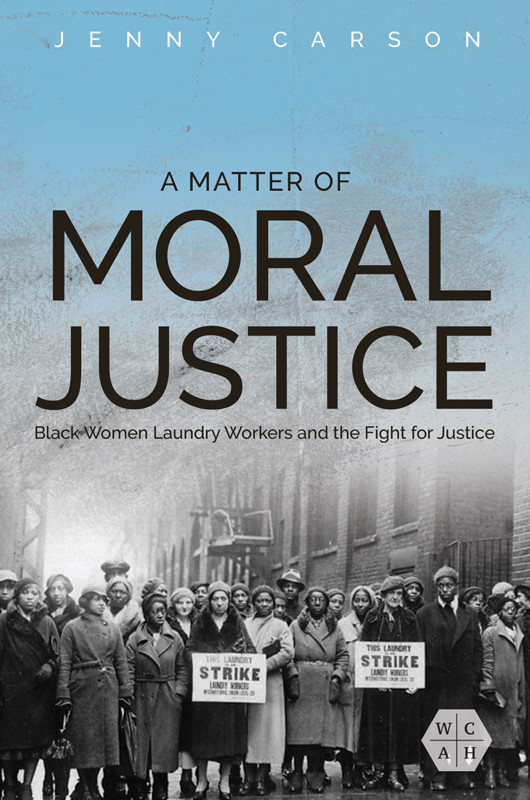

Most ebook files are in PDF format, so you can easily read them using various software such as Foxit Reader or directly on the Google Chrome browser.
Some ebook files are released by publishers in other formats such as .awz, .mobi, .epub, .fb2, etc. You may need to install specific software to read these formats on mobile/PC, such as Calibre.
Please read the tutorial at this link: https://ebookbell.com/faq
We offer FREE conversion to the popular formats you request; however, this may take some time. Therefore, right after payment, please email us, and we will try to provide the service as quickly as possible.
For some exceptional file formats or broken links (if any), please refrain from opening any disputes. Instead, email us first, and we will try to assist within a maximum of 6 hours.
EbookBell Team

0.0
0 reviews"This book addresses how a group of low-wage and primarily African American women workers found an industrial and interracial union in the 1930s and why their gender and race interests were subordinated within that union in the 1940s. Carson argues that race and gender explain, at every turn, the choices, challenges and opportunities for African American and White women laundry workers. The women's relationship to the work and to the union movement was at all times mediated by race and gender. Job assignments were based on race and gender, and laundry employers exploited existing gender and racial tensions to create divisions among their workers. Yet while race and gender limited African American and White women's occupational mobility, they were also the axis around which they organized. In the first two decades of the twentieth century, women laundry workers employed gender-conscious organizing strategies that included building alliances with the middle and upper-class leaders of the New York Women's Trade Union League (NY WTUL). In the 1920s, when large numbers of Black women entered the laundries, the workers and their allies employed race-conscious organizing strategies that included working with Black trade unionists in the short-lived Trade Union Committee for Organizing Negro Workers and with Black reform organizations. In the 1930s, Harlem communists who were inspired by the Third Period's directive to organize Black workers and who were genuinely concerned about conditions in the laundries launched a grassroots union campaign to secure racial justice for laundry workers. This study assesses the efficacy of these gender- and race-based organizational strategies and of the successes and limitations of the interracial and cross-class coalitions that they produced. The heart of this story is how race and gender shaped the forms of activism that women laundry workers pursued and the collaborations that they forged"--